3900+ Years of Bloom
Peonies have been with us through the ages, at least as far back as antiquity. See how far they've traveled through the course of history.
1900 BC
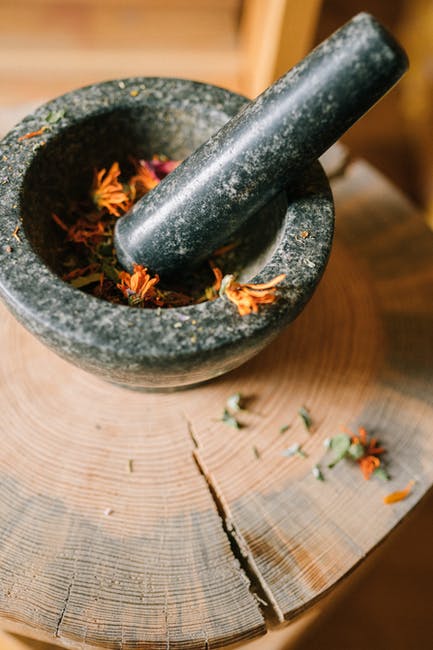
Peonies (herbaceous and tree) estimated to be in cultivation as medicinal plants in China.
3900 years ago is citation in https://www.nature.com/articles/s41598-019-54863-y
672 BC

Paeon is described as the healer to the gods, and the link of the European wild peony (P. officinalis) as a medicinal plant confirmed in the Western tradition. The Chinese and Western medicinal traditions run independently until the 1800s.
In world history: The Illiad is written – the date estimated by data modeling of word changes: https://www.scientificamerican.com/article/geneticists-estimate-publication-date-of-the-illiad/
77 CE
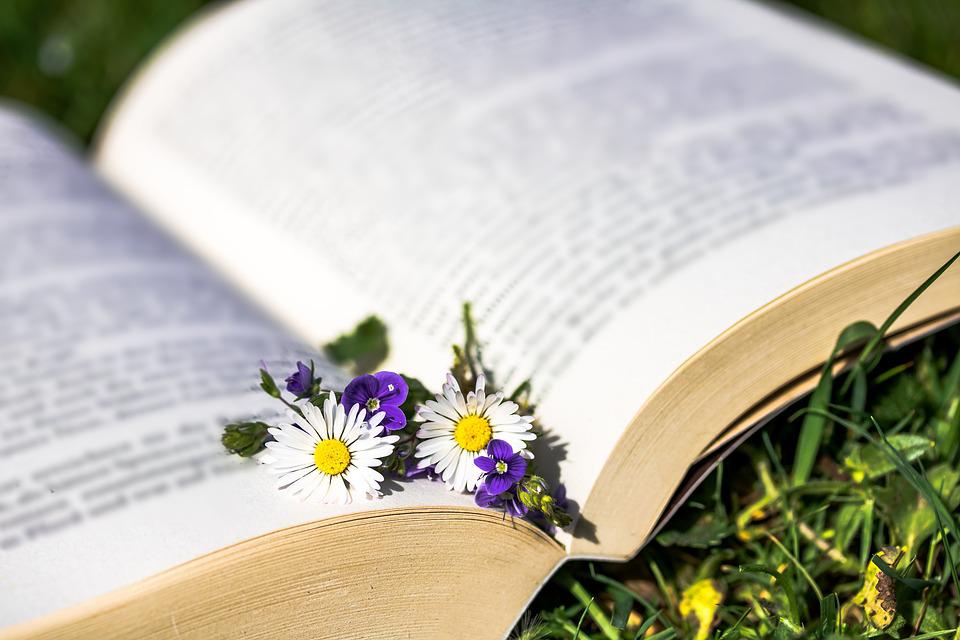
In his Natural History, Pliny the Elder discusses the European medicinal peony, establishing that it was important in the Roman Empire. Given the value of medicinal plants, it is likely the peony’s spread into much of Europe is well underway, as was the case of many plants valued and transported by the Romans
In world history: Pliny the Elder publishes the first books of Natural History, marking a pivot-point in western understanding of nature
400 CE
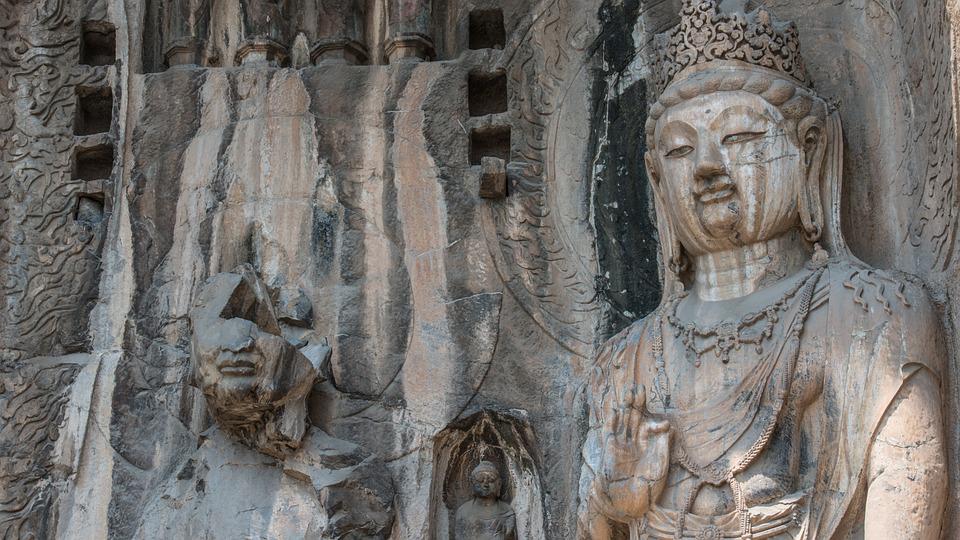
The still-living tree peony individual, Peony King, is estimated to have started to grow around this time in Luoyang, China
https://www.chinahighlights.com/luoyang/attraction/the-national-peony-garden.htm
665 CE
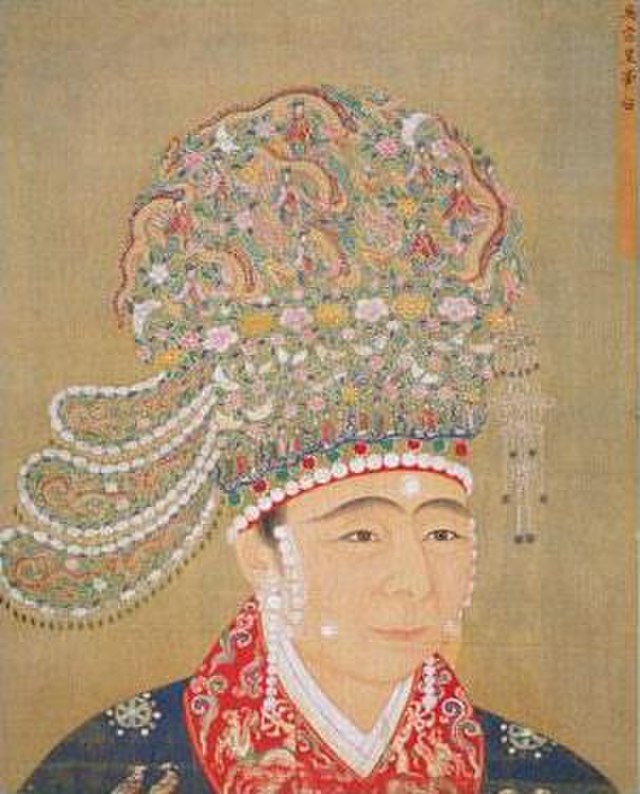
John Brickell’s ‘Natural History of North Carolina’ notes the European medicinal peony is present, using common names of his era.
In world history: French scientists publish the first study linking tree rings with the weather when the trees were alive.
960 CE
Nearly 200 varieties of tree peonies are documented in the early Song Dynasty (960-1279), indicating centuries and even over a millennium of prior domestication (see https://en.cnki.com.cn/Article_en/CJFDTotal-ZRKY199904006.htm)
972 CE
In Japan, Bizen province provides the Imperial Court drugs from medicinal plants, including peonies.
These plants could not have been native, demonstrating that already domesticated peonies were in Japan by the 8th Century. One of the specific citiations is (pg 133) in Kubo, T, 2009.
The problem of inentifying mudan and the tree peony in Early China. https://brill.com/view/journals/asme/5/1/article-p108_7.xml
1119
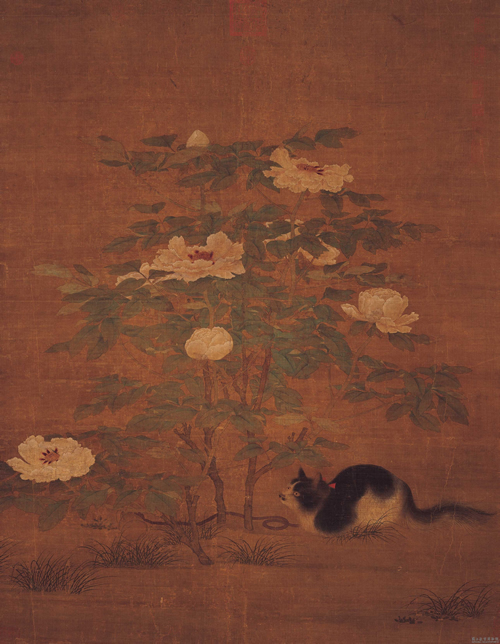
Calico Cat with Peonies’ by an anomous Song painter, presents a tree peony and cat with nearly photographic precision while encoding the era’s rich and aristocratic associations.
1350
Goryeo Dynasty (Korea) celadons include peony blossom decoration (mid 12th Century). Goryeo celadons are now internationally appreicated as world-heritage ceramics.
Ref: https://www.khanacademy.org/humanities/art-asia/korea-japan/goryeo-dynasty/a/korean-celadons-of-the-goryeo-dynasty
1381
Master Jon Bray (died 1381), physician to England’s King Edward III, records the European medicinal peony as commonly cultivated (it is not native to England.) This indicates how far and early Mediterranean medicinal plants ‘travelled’ even by this time.
1410
A recognizable wild peony is in the flowery foreground of the anonymous late Gothic painting, ‘The Little Garden of Paradise’ where the Virgin Mary and several saints are gathered. The wild European peony, also known as ‘the Rose without a Thorn’, is a floral emblem of the Mother of Jesus.
1472
Martin Schongauer creates one of the first-known naturalistic studies in western art – his peony for his ‘Madonna of the Rose Bower’. Schongauer deeply influences Albrech Durer and the course of Western art.
1737
John Brickell’s ‘Natural History of North Carolina’ notes the European medicinal peony is present, using common names of his era.
In world history: French scientists publish the first study linking tree rings with the weather when the trees were alive.
1768
Paeonia peregrina confirmed to be in European gardens from works of art
1771
Thomas Jefferson (American revolutionary, President, and slave-holder) includes the European medicinal peony in his garden plan for Monticello (in Virginia.)
In world history: Captain James Cook returns to England, ending his first voyage around the world
1776
It is 1907 before the double crimson-red peony ‘John Hancock’ is introduced by Hollis. It is one of his now-mostly-missing series of peonies named for battles and heroes of the American Revolution and American Civil War. ‘Standard Bearer’ (Bed 3) is part of this series.
In world history: American Declaration of Independence issued
1788
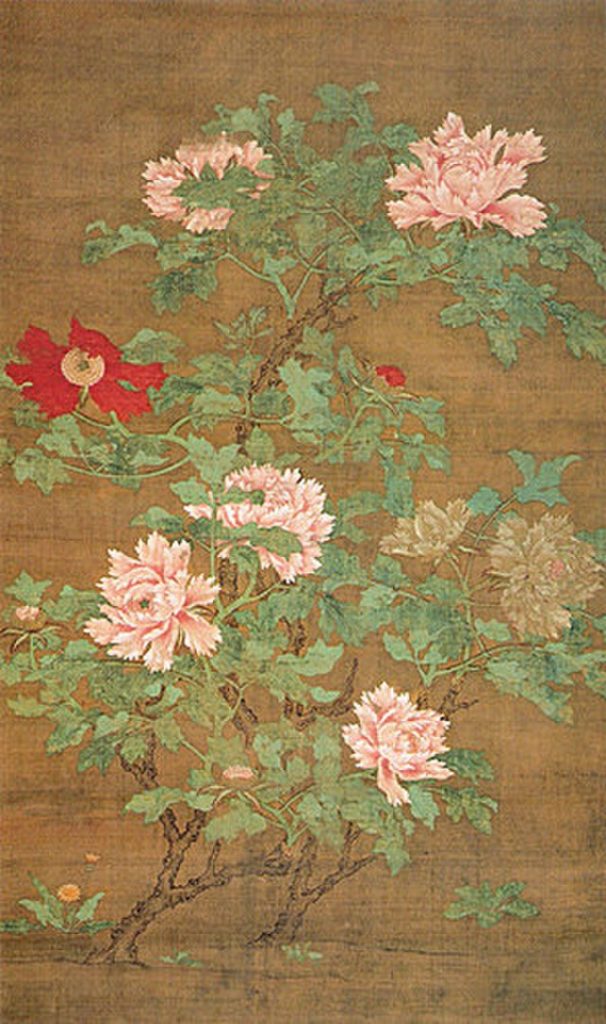
Abbe Jean Grosier reports on his observations from years of living in China that through their artistry, Chinese gardeners in ancient times had developed tree peonies from herbacious peonies.
His confusion is likely based on his familarity with the European herbacous peonies and its ancient medical traditions, and he was unable to understand that the tree peonies were from different species not known to Europeans.
1789
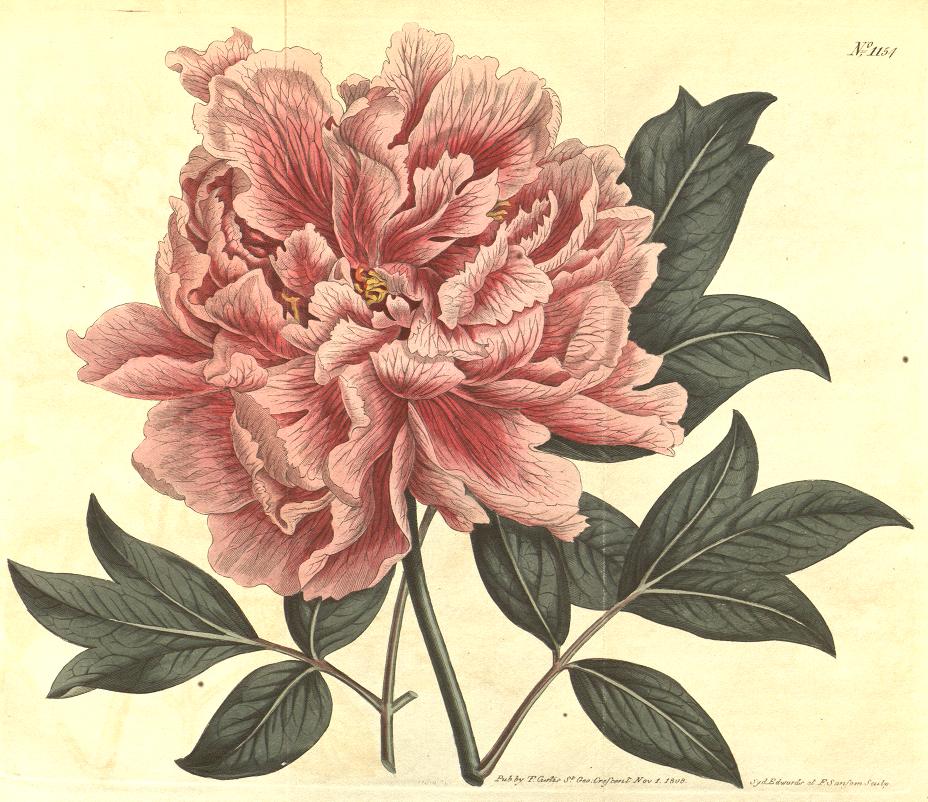
The first living “tree peony” is introduced to Europe (into England) from China. Peony mania ensues after it bloooms in Kew Gardens (then a private royal garden) and a full-color drawing published in 1809.
In world history: French Revolution begins
1817
It is over a century before the UM is relevant to peonies.
In world history: University of Michigan founded with committments made to the Tribes.
1824
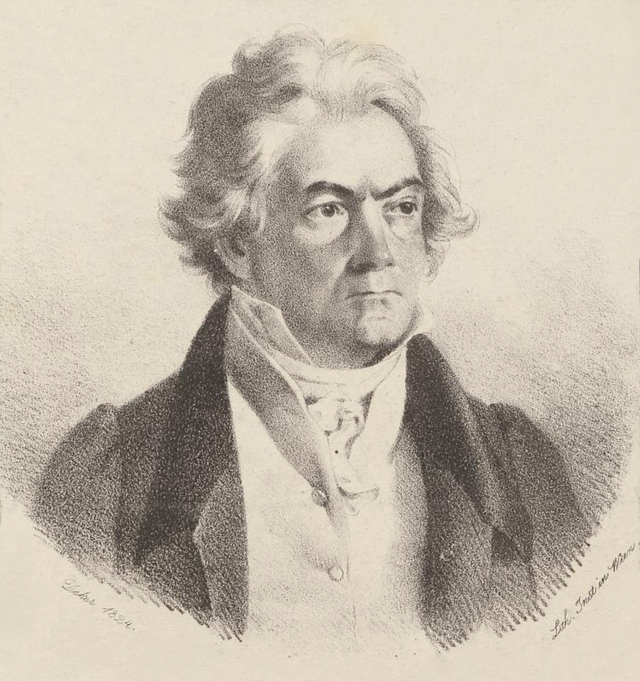
Edulis Superba (Bed 4) introduced – it is the oldest peony cultivar in Euro-American culture and likely a renamed Chinese selection that had been recently imported, or a seedling of one. Genomic work as that being conducted here, will unlock the mystery
In world history: Beethoven’s Symphony #9 makes its world premier; the Queen and King of Hawaii both die of measels while visiting the United Kingdom to negotiate issues of soverignty.
1829
The first of the only two peony species in North America is described: P. brownii (the other is P. californica.) Both species are native to the western United States, have very small flowers, go dormant in the summer, and are thus unused in ornamental horticulture. Genomic work at the UM Peony Garden (in press) has resolved the deep mystery of how they relate to any other peonies in the world.
1848
The first tree peonies exported from Japan come into bloom in the garden of Prince Frederic (Holland) and are not like any of the Chinese tree peonies known to that time. Peony mania deepens.
In world history: The Seneca Falls Convention marks a turning point for women’s rights in the United States.
Dickson publishes his review of Peonies in Chinese and Japanese history
In world history: Gold Discovered in California
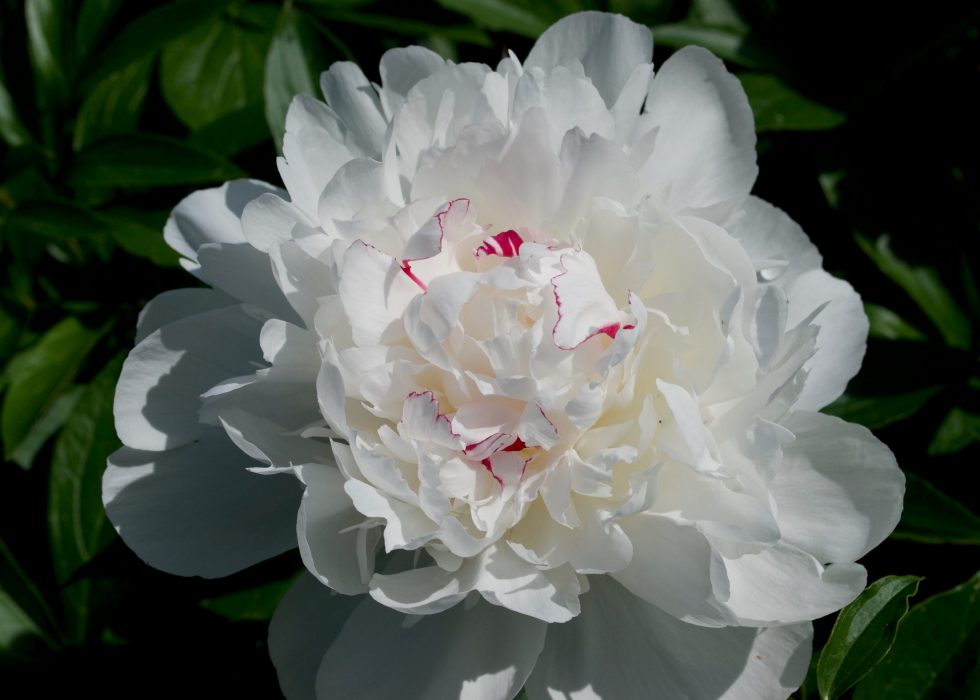
Festiva Maxima (Bed 2) introduced
In world history: First Installment of Uncle Tom’s Cabin is published, also Moby Dick is published
Duchesse de Nemours (Bed 1) introduced
Duc de Wellington (Bed 19) introduced.
1861
Philomele (Bed 10) introduced
In world history: American Civil War Begins
Tree peonies reach a popularity peak in European gardens and nurseries; herbaceous peonies slowly take over the popular imagination, especially in North America
In world history: Emancipation Proclamation ends formal slavery in the United States.
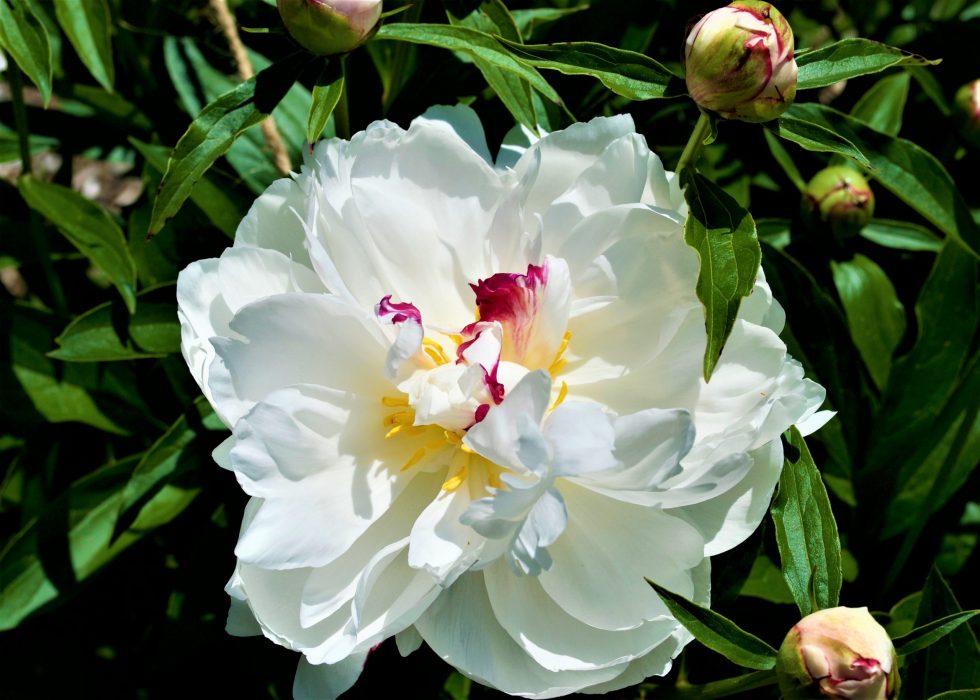
Triomphe de l’Exposition de Lille introduced (Bed 27). It is not clear which Exposition is commemorated, but this is in the era of the first International Exhibtions, which became World Fairs by the 20th century.
In world history: American Civil War Ends
The “Memorial Day Peony” was originally any of the forms of the then-widely grown European medicinal peony, P. officinalis.
With the rapid spread of new selections of the ‘Chinese’ peony (P. lactiflora), many of which were extolled by Dr. Upjohn and his peers, the “peonies” of Memorial Day became any of the older historic varieties seen in the UM Peony Garden
1885
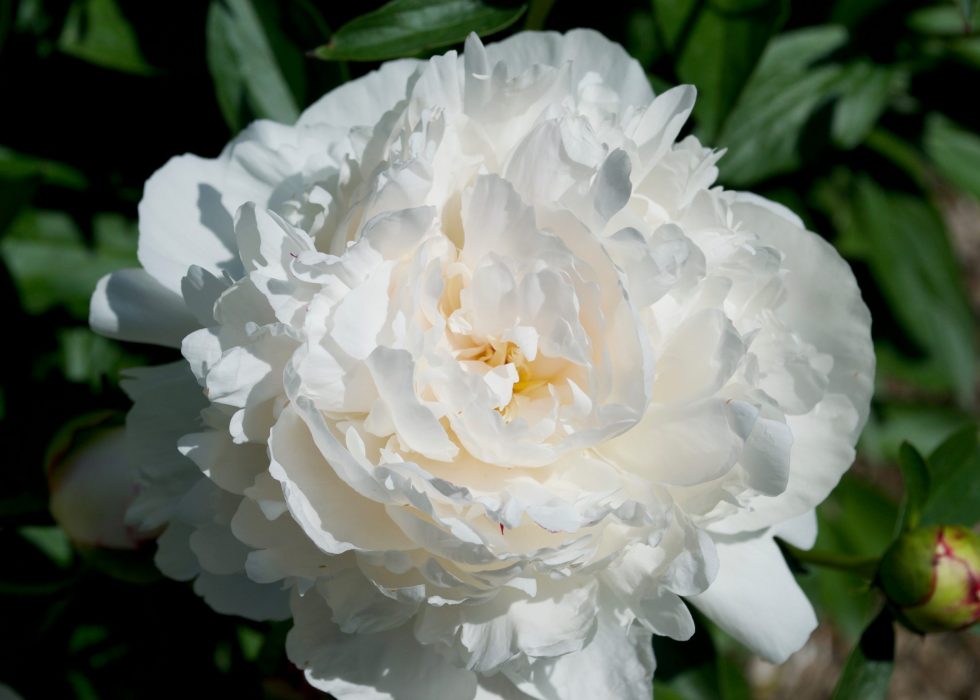
Madame de Verneville (Bed 7) introduced introduced. She is critical in the history of the French Court and the eventual build-up to the Revolution.
1888
Monsieur Jules Elie (Bed 4) introduced
In world history: The first adding machine is pattented by Burroughs; Vincent van Gogh cuts off his ear
1903
American Peony Society established in Detroit to “promote cultivated peonies and foster studies to improve its worth as a garden plant.” All 37 Founders were men.
American Peony Society establishes a test plot with Cornell University, setting off the establishment of a series of major trial and research gardens at colleges and universities in North America. Of the largest 5, only the tree peony collection at Swarthmore and the University of Michigan Peony Garden still exist.
In world history: The USA begins construction on the Panama Canal
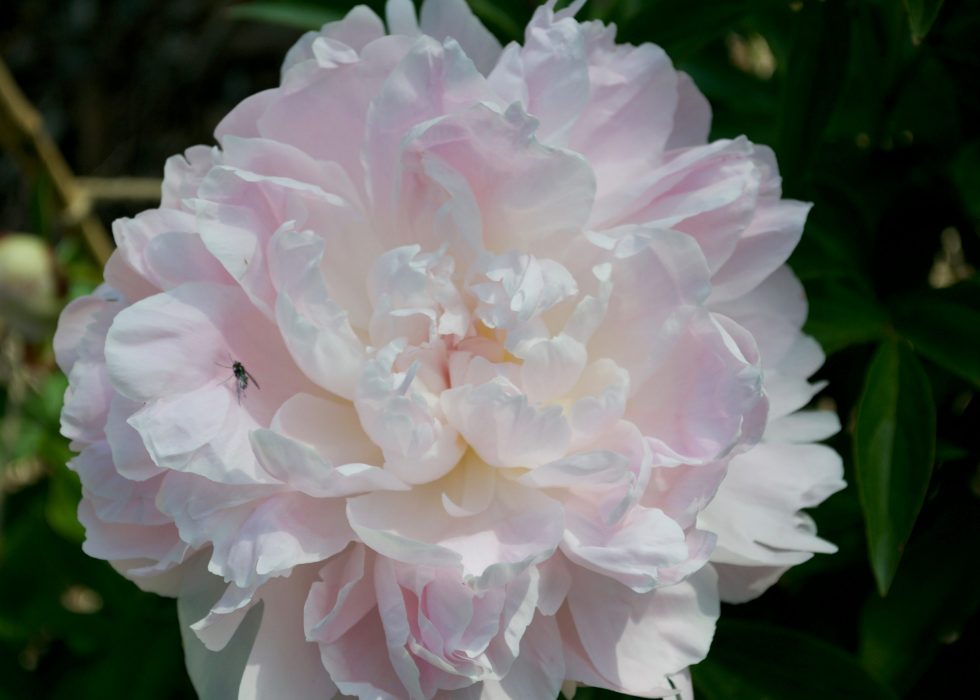
Therese (Bed 2) introduced
Admiral Togo is named in 1907. It is an Upjohn favorite we seek and is currently unknown in the trade or specialty collections.
Sarah Bernhardt (Bed 24) introduced
Le Cygne (Bed 6) introduced.
In world history: Walter & Ester Nichols donate 27 acres to become the UM Botanical Gardens. This is the founding of what is now the Nichols Arboretum
1908
Jubilee (Bed 6) introduced and within years makes the New York Times as noteworthy for its beauty and being one of the few so highly ranked bred by a woman
In world history: The Model ‘T’ introduced by the Ford Motor Company.Karl Rosenfield (Bed 16) introduced
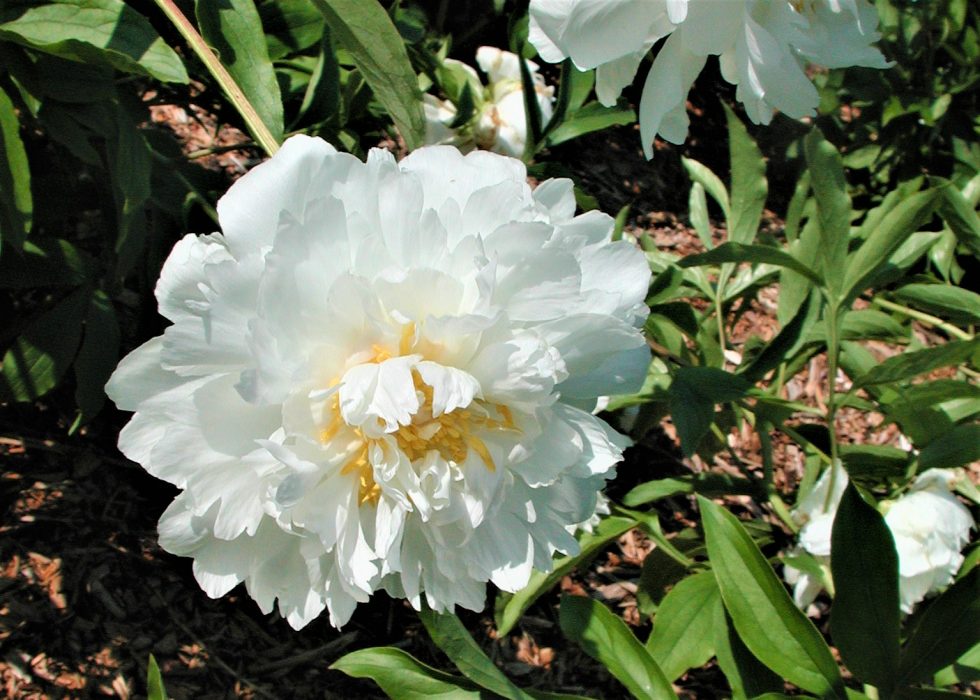
The Peony by Alice Harding published
In world history: The first color movie in Technicolor released in the USA – nearly a decade after a different experimental techology was used in the United Kingdom
Mrs. Edward Harding (Bed 25) introduced
In world history: World War 1 Ends
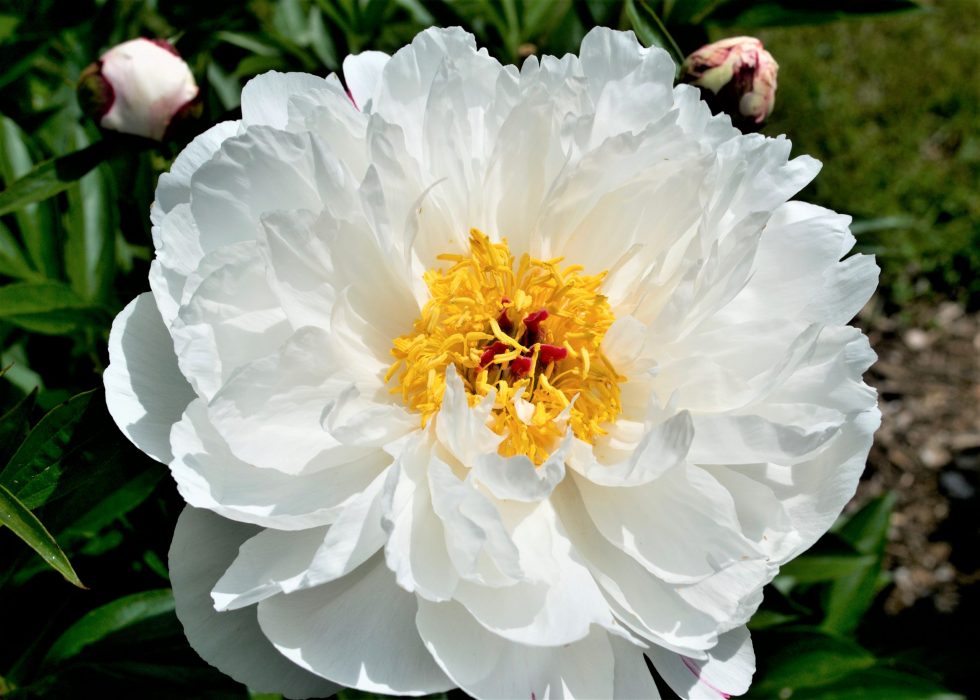
Minnie Shaylor (Bed 19) introduced. Many of the Shaylor peonies were named by Mr. Shaylor for women in his family and life
In world history: KLM, the Royal Dutch Airlines, established – now the oldest existing airline

Silvia Saunders (Bed 13) introduced.
In world history: The Communist Party of China is founded
Regents approve establishing the peony garden and contribute $2K to its construction
In world history: Irish Free State established
1922
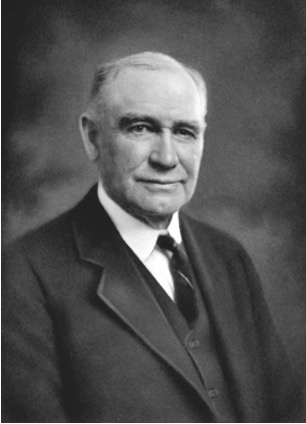
Dr. Upjohn and the University of Michigan establish the Peony Garden
In world history: Joyce’s ‘Ulysses’ published; Mahatma Gandhi sentenced to 6 years imprisionment
Brook Lodge Peonies privately published (undated but likely 1924-26 based on which peonies are listed and the several-year time lag from when Dr. Upjohn would have been able to acquire and grow a specimen)
In world history: Mahatma Gandhi released from his sentence of 6 years imprisionment
Detailed peony inventories made and anchor our research program
In world history: First regularly scheduled TV broadcasting begins in USA
The American Peony Society publishes an article announcing the “Peony Garden at Ann Arbor”.
Mrs. Franklin D. Roosevelt (Bed 18: also known as Mrs FDR) introduced. It is still a classic peony
In world history: Ameila Earhart is the first woman to fly solo across the Atlantic. Her route is Newfoundland to Ireland
1932
Miyazawa publishes The Results in breeding Paeonia albiflora and its botanical and horticultural history
1932
Peony Inventory map designates the slope above the Peony Garden for “Site for Tree Peonies”; a vision only recently realized
Gay Paree (Bed 22) introduced; trails in the Nichols Arb developed by CCC workers during the PWA years (1933-39)
In world history: Public Works Adminstration (PWA) begun by President Franklin D. Roosevelt as part of the New Deal
1933
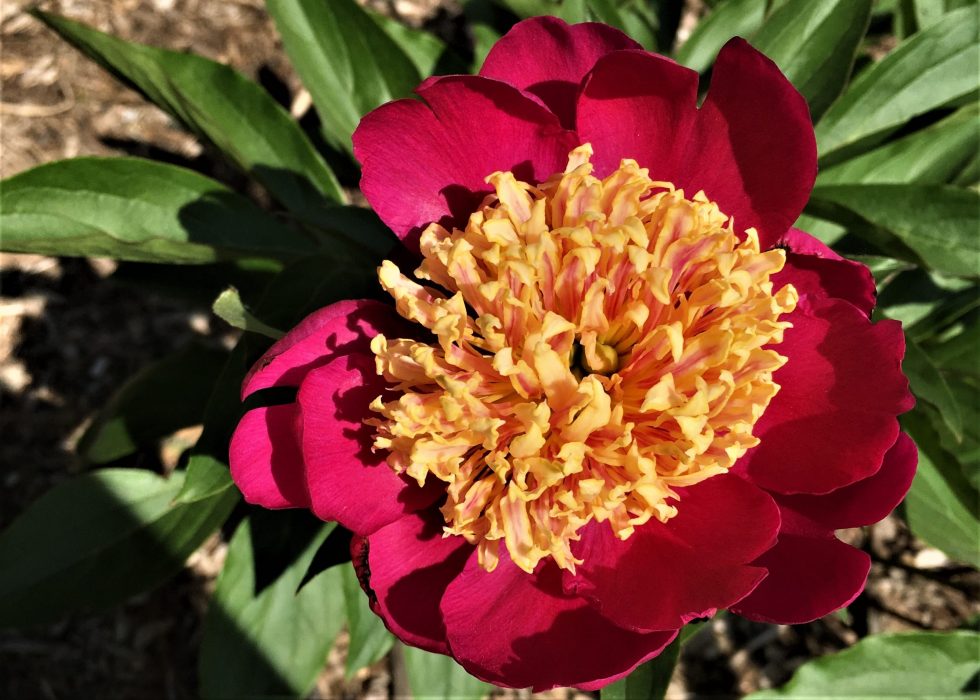
Sword Dance (Bed 26) introduced
1939
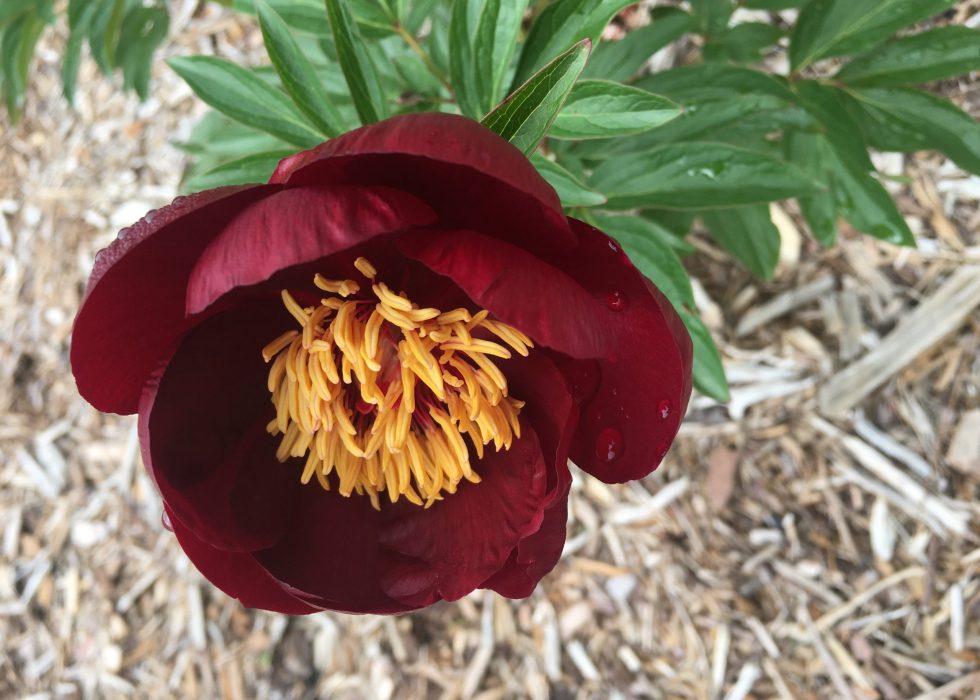
Chocolate Soldier (Bed 17) introduced: it is the only still-popular peony that acknowledges African Americans
In world history: World War 2 begins with the Invastion of Poland
Angelo Cobb Freeborn (Bed 13) introduced.
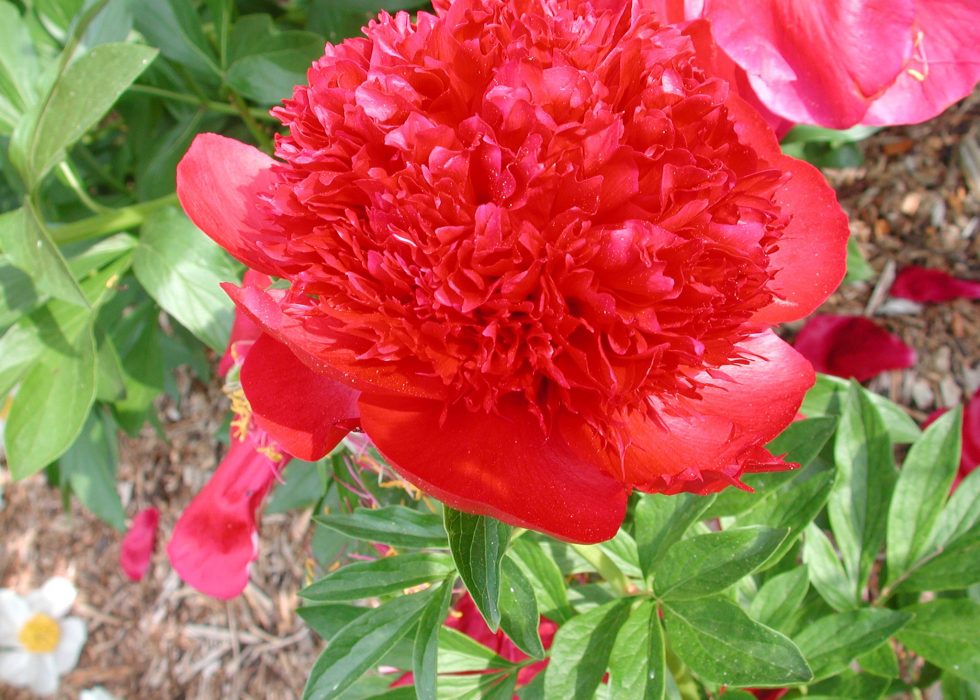
Red Charm (Bed 1) introduced
1945
Polish poet Czeslaw Milosz publishes poetry book “Ocalenie (Rescue), which contains the poem “By the Peonies”
In world history: World War II ends
1946
Ann Arbor Farm & Garden founded with Mildred Matthaei as a key organizer
In world history: United Nations meets for the first time
1946
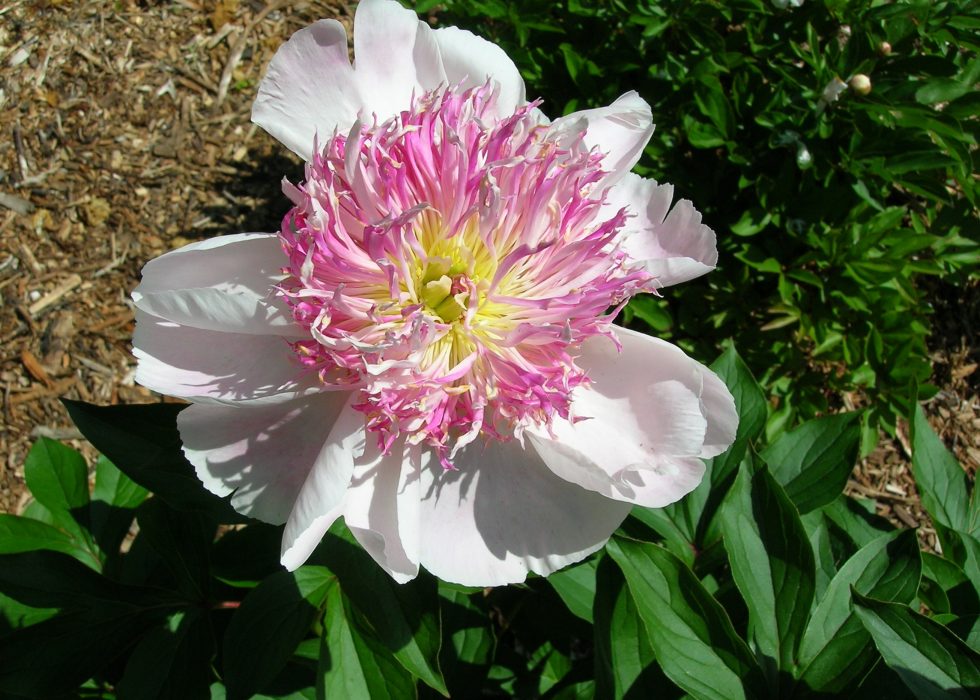
Do Tell (Bed 21) introduced
1948
Japanese peony grower Toichi Itoh creates first successful cross between an herbaceous peony and a tree peony.
In world history: World Health Organization is founded by the United Nations; Mahatma Ghandi assinated; Israel declares independence; first LP record introduced by Columbia records
1957
Peony Garden in active development at the Central Botanical Garden, Minsk – National Academy of Sciences of Belarus
1968
Photographer Irving Penn’s photos of peonies appear in the December 1968 Vogue magazine:
https://archive.vogue.com/article/1968/12/peoniesa-glory-of-peonies
In world history: Martin Luther King fatally shot on April 4 at the Lorraine Motel in Memphis, Tennessee.
1969
Chinese artist Zhang Daqian (1899-1983) paints “Peonies.” The work eventually sells 50 years later for $100,000 USD at Bonhams auction house in Los Angeles.
1972
Roger Anderson develops the spectacular ‘Bartzella,’ a yellow Itoh-type peony. Itoh peonies are a cross between herbaceous and tree peonies.
In world history: Opening of China to the United States with President Richard Nixon’s visit
1975
Peony ‘Goldilocks’, a yellow peony, introduced by breeder Gilbertson. Although distinctive, it is too new for our historic collection.
In world history: The end of American involvment the Vietnam War
1984
Garden Treasure (Intersectional Beds) introduced
1986
Bartzella (Intersectional Beds) introduced
1989
Peonies have long been a valuable and desirable cut flower. In 1989 Charles W. Heuser and Kathleen B. Evensen of Pennsylvania State University’s Horticulture Department publish a brief paper, “Cut Flower Longevity of Peony” that looks at practical results of harvesting and storing cut peonies.
In world history: Fall of the Berlin Wall and the end of the Cold War
1995
Pat Holloway, a horticulture professor at the University of Alaska Fairbanks, plants the first test plot of peonies in Georgeson Botanical Garden. Holloway’s experiment turns into a successful export business for Alaska, with 300,000 peony blossoms exported in 2021 with a retail price of about $5 per bloom.
In world history: World Trade Center towers fall in New York City after a terrorist attack
Sonoma Apricot (Intersetional Beds) introduced; bred by Mrs. Tolomeo.
Hong Deyuan, the head of the Institute of Botany of the Chinese Academy of Sciences, visits Oregon’s Wallowa County to collect specimens of native peonies as part of his global research on Paeonia brownii, a peony native to the western United States. Wallowa resident and peony enthusiast Anne Oveson alerted Deyuan to the wild peony’s presence in the county
In world history: Hurricane Katrina hits Louisiana and New Orleans
2008
A Chinese study looked at the antidepressant-like effect of peony glycosides in mice
In world history: Barack Obama wins 2008 American presidential election
2008
Peony Advisory Board organized to guide the historic renewal of this Peony Garden
2010
Last set of peonies (including three of the missing Upjohn favorites, as Pride of Langport – Bed 22) dug from Brook Lodge and brought to the Peony Garden
2012
Revised Peony Garden Plan developed by Director Grese
2013
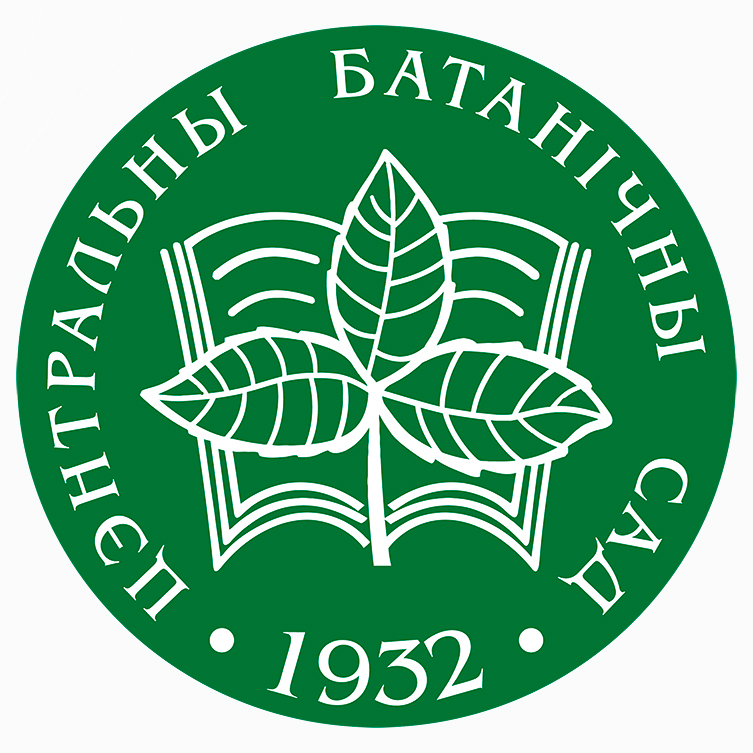
Memorandum of Understanding establshing our Sister Garden relationship with the Central Botanical Gardens – Minsk, National Academy of Sciences of Belarus
2014
Historic Herbaceous Peonies received from the Lyoyang Tree and Flower Nursery (Bed 11)
2014
W. E. Upjohn Peony Garden Fund initiated
2014
First genomic article based on our collection is published led by colleagues at the Central Botanical Gardens, National Academy of Sciences of Belarus and MBGNA. Three papers are published within the year.
2015
Shakespeare in the Arb celebrates its 15th anniversary. Performances of A Midsummer Night’s Dream begin in the peony garden, with the garden in full bloom.
In world history: Supreme Court legalizes same-sex marriage.
2015
Japanese Horticulture: Origins and history published posthumosuly by Tsukamoto and Creech
2017

Peony: The best varieties for your garden published by Timber Press
2017
First UROP project working on Peony genomics with faculty researchers from UM-EEB and the Central Botanical Gardens of the National Academy of Belarus begun
2019
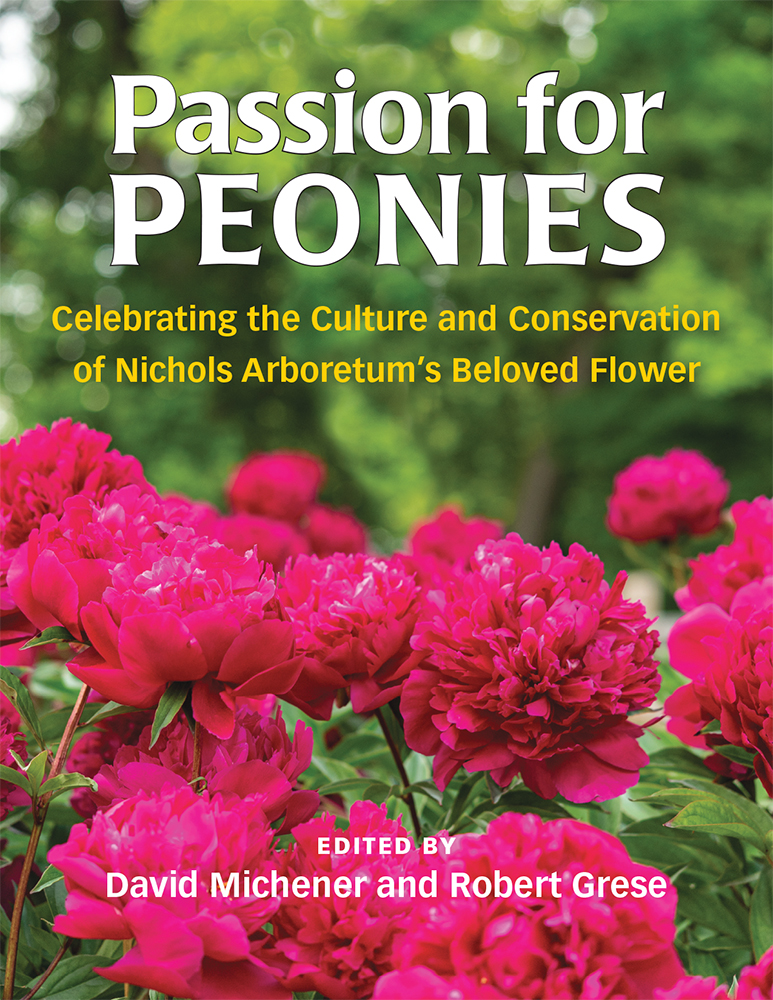
Passion for Peonies published by UM Press
2020
For the first time since the peony garden opened, the peony bloom celebration was cancelled. We asked the public to stay away and instead enjoy our virtual peony offerings. Despite the pandemic, the garden bloomed, extravagantly.
In world history: Worldwide COVID pandemic
2020
Peony data model for integrating historic, curatorial, image, and genomic data across institutions presented at the Minsk Congress by Zoom
2022
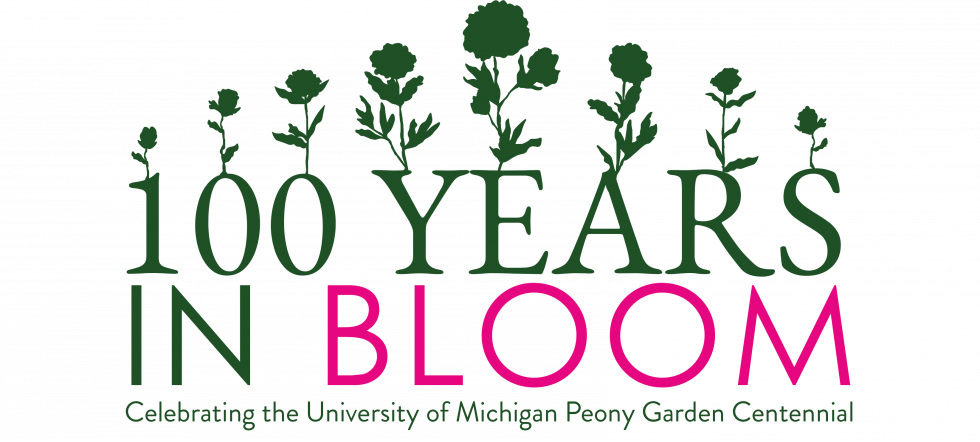
Centennial – 100 Years in Bloom !
In world history: Russia invades Ukraine